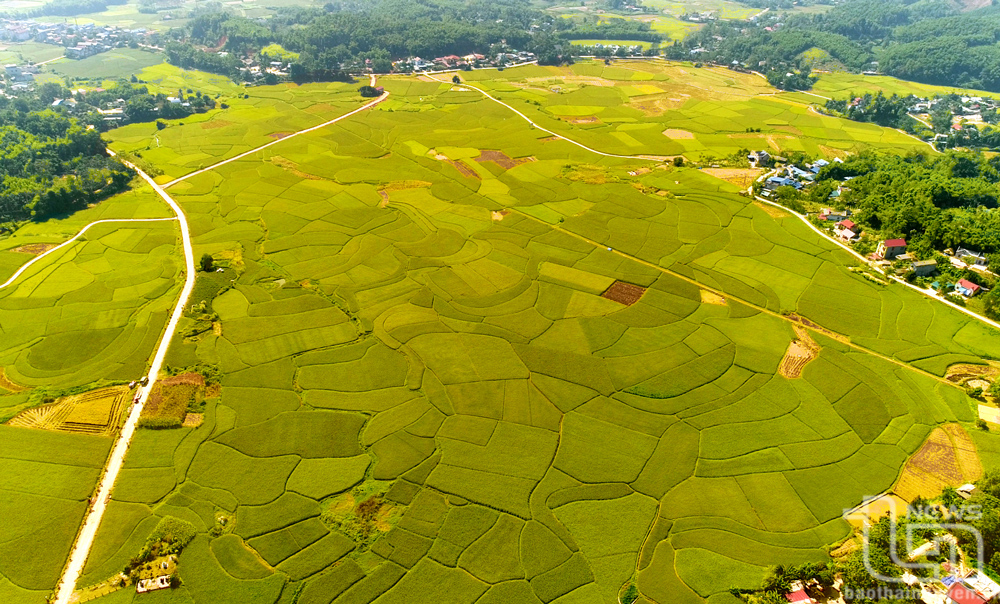 |
| Sticky rice fields in On Luong commune (Phu Luong) in harvest season. Photo: Viet Dung |
Reviving precious rice varieties
Since the 1960s, some households in the communes of On Luong, Phu Ly, Hop Thanh (Phu Luong) have brought the Vai sticky rice variety to sow on local land. The Vai sticky rice has ivory-white grains, is soft and sticky, has a long-lasting aroma, and is very suitable for cooking sticky rice, making Chung cakes, Day cakes, etc.
However, in previous years, the cultivation of Lychee sticky rice was still small and fragmented, not forming a concentrated production area. Farmers were mainly self-sufficient in seeds and products, and had not invested in cultivation techniques and product promotion and consumption.
In 2008, the Department of Agriculture and Rural Development of Phu Luong district (now the Department of Agriculture and Environment) coordinated with the Department of Science and Technology to carry out a project to restore the Vai sticky rice variety, with a scale of 2 hectares. This was an important initial step, creating a premise for the process of restoring and developing traditional rice varieties.
By 2020, the area for cultivating Lychee sticky rice has been expanded to 110 hectares, mainly concentrated in the communes of On Luong, Phu Ly, and Hop Thanh. During the production process, people have initially applied advanced SRI farming techniques (an ecological rice farming method based on the appropriate increase-decrease factor, thereby reducing input costs and increasing economic value).
However, the use of organic microbial fertilizers is still not popular, partly due to old production habits, and partly due to the lack of in-depth technical guidance from experts. On average, the annual output of Lychee in the whole district is about 400 tons, mainly consumed locally.
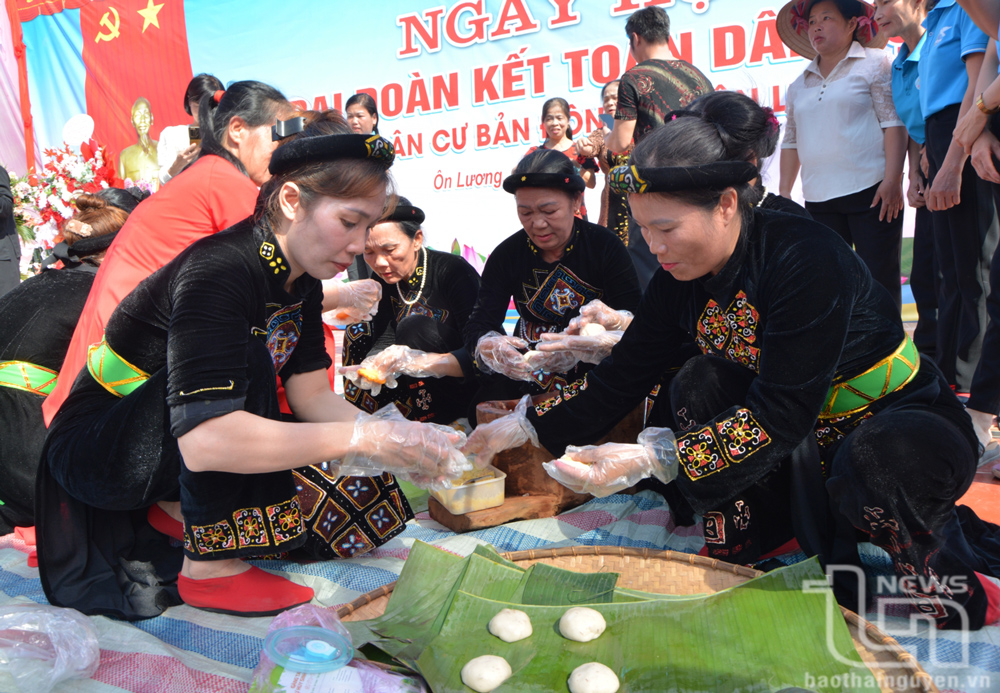 |
| People of Ban Dong hamlet, On Luong commune, compete in making cakes from their hometown's sticky rice. |
Towards sustainable production
From 2021 up to now, the People's Committee of Phu Luong district has actively directed specialized agencies to propagate and guide people to expand the area and synchronously apply scientific and technical advances in the production of Lychee sticky rice.
Ms. Hoang Thi Hong Tu, Director of On Luong Sticky Rice Agricultural Cooperative, said: With production according to VietGAP standards and organic orientation, currently the Cooperative's Sticky Rice products are sold as soon as they are produced. On average, each year, we sell 20 tons of Sticky Rice to the market, with an average selling price of 45-60 thousand VND/kg. In early 2025, this product of the Cooperative was recognized as a 4-star OCOP.
The area of Vai sticky rice in the whole district is currently not only concentrated in 3 communes: On Luong, Phu Ly, Hop Thanh but also expanded to neighboring localities such as Yen Trach, Yen Do, Dong Dat and Du town, with an area of up to more than 200 hectares.
Mr. Nguyen Manh Dung, Deputy Head of the Department of Agriculture and Environment of Phu Luong district, assessed: The farming models are produced according to VietGAP standards, using organic microbial fertilizers and biological products to care for rice. Thanks to that, input costs have been significantly reduced, product quality has been continuously improved, and the ecological environment has been protected. In particular, the formation of a chain of links in production and consumption has helped people feel secure in investing in production, increasing the added value of Vai sticky rice.
In the Project on developing and enhancing the value of key products in the period of 2021-2025, with a vision to 2030, Phu Luong district identifies Vai sticky rice as a key agricultural product after tea. Every year, the locality allocates funding to support cooperatives and cooperative groups producing Vai sticky rice in terms of seeds, organic microbial fertilizers, technical training, VietGAP certification, support for rice dryers, rice flake making machines, labels, packaging, etc.
Thanks to that, the average annual output of Lychee sticky rice in the district reaches over 1,000 tons, the selling price of rice reaches more than 40,000 VND/kg (an increase of 10,000 VND/kg compared to 2021), contributing to increasing income for rice growers.
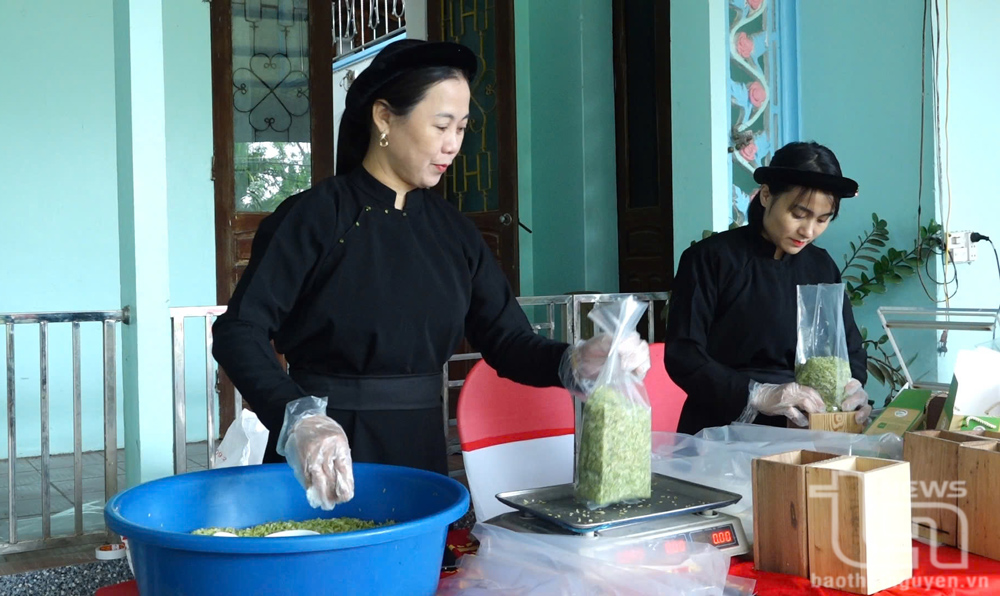 |
| People package green rice products made from sticky rice. |
Phu Luong sticky rice products have been granted a certification mark by the Department of Intellectual Property (Ministry of Science and Technology). Currently, in the district, there are 2 products from sticky rice that meet OCOP 3 and 4 star standards.
Although many positive results have been achieved, the production of Lychee in Phu Luong also faces many difficulties due to erratic weather, affecting the growth of rice plants; the production and consumption chain is not really sustainable; people are still hesitant to invest in machinery and deep processing technology to increase product value... These are "bottlenecks" that need to be removed for the product to reach further.
Therefore, communes need to continue focusing on synchronous solutions to develop the Vai sticky rice brand sustainably, focusing on expanding the value chain linkage model; supporting VietGAP certification; investing in modern machinery for production and processing; supporting packaging, labels; organic microbial fertilizers, etc. At the same time, promote communication and product promotion associated with eco-tourism and local culture.
Phu Luong's Vai sticky rice is not only an agricultural specialty, but also a cultural quintessence and a source of pride for the people. With a systematic approach, the government's determination and the people's consensus, Vai sticky rice is gradually asserting its position in the market, contributing to enriching Phu Luong's homeland and preserving the cultural identity of Vietnamese agriculture.
Source: https://baothainguyen.vn/kinh-te/202505/phu-luong-xay-dung-thuong-hieu-gao-nep-vai-df11ceb/


![[Photo] Standing member of the Secretariat Tran Cam Tu works with the Standing Committee of the Party Committee of the Ministry of Health](https://vphoto.vietnam.vn/thumb/1200x675/vietnam/resource/IMAGE/2025/10/10/1760079818773_image-4-6972-jpg.webp)

![[Photo] Unique Phu Gia horse hat weaving craft](https://vphoto.vietnam.vn/thumb/1200x675/vietnam/resource/IMAGE/2025/10/10/1760084018320_ndo_br_01-jpg.webp)
![[Photo] "Exposing letters" in the flood center of Lang Son](https://vphoto.vietnam.vn/thumb/1200x675/vietnam/resource/IMAGE/2025/10/10/1760080117518_ndo_br_z7101324112737-07cd4d1c01801a8ccf4ae0cbaf31c4a3-507-jpg.webp)







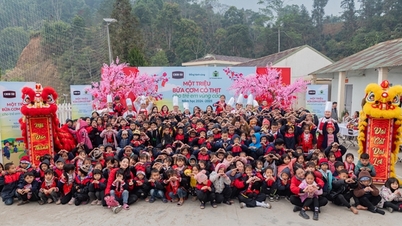






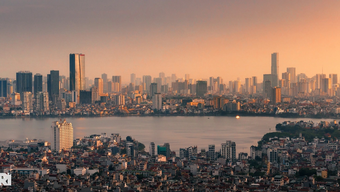

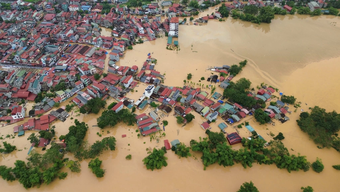
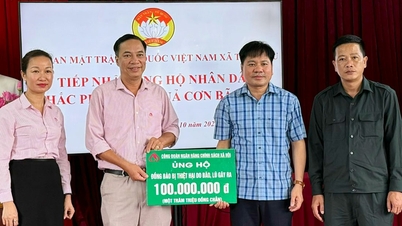



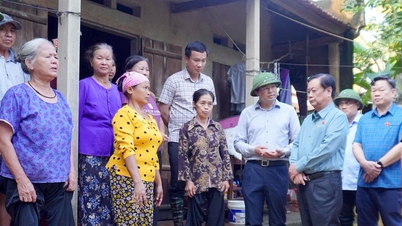
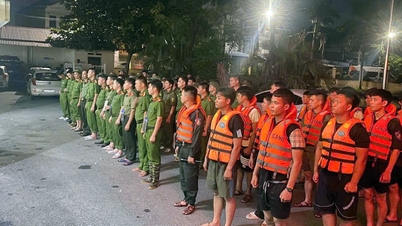


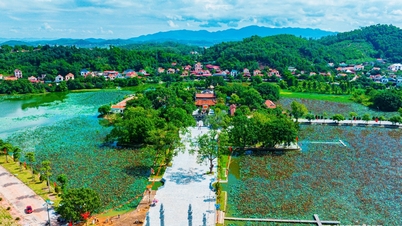



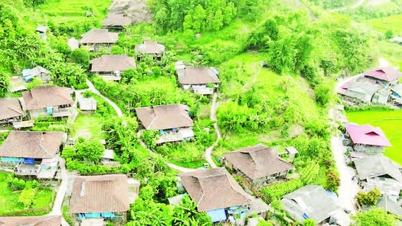

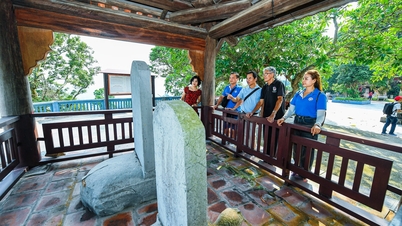
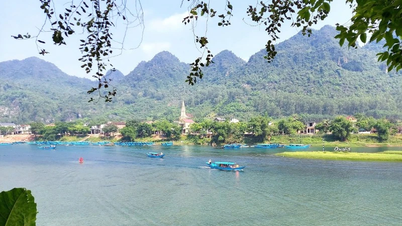






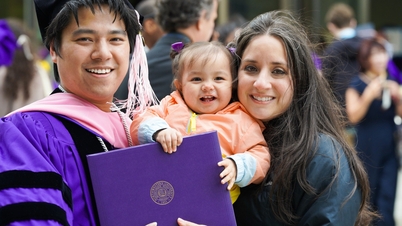





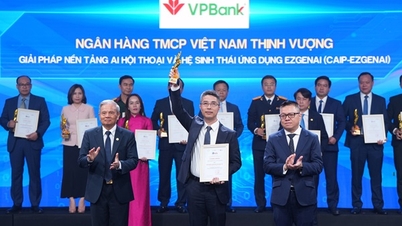



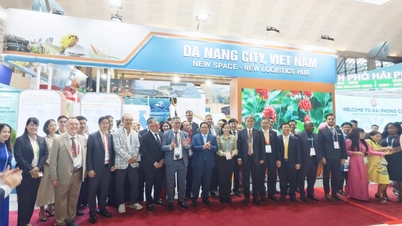






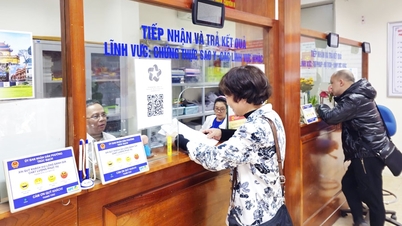














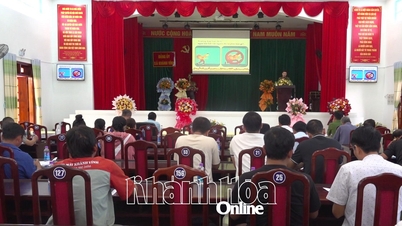






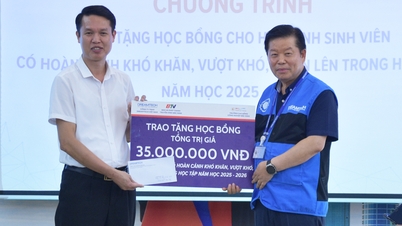















Comment (0)